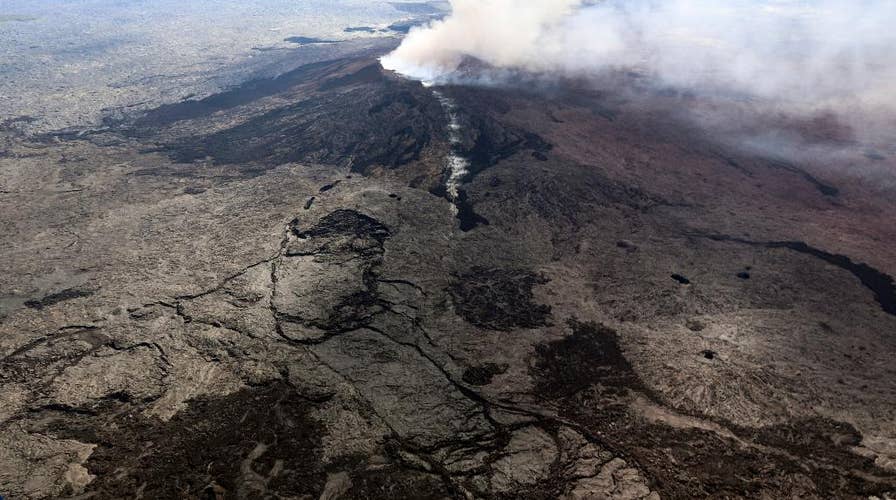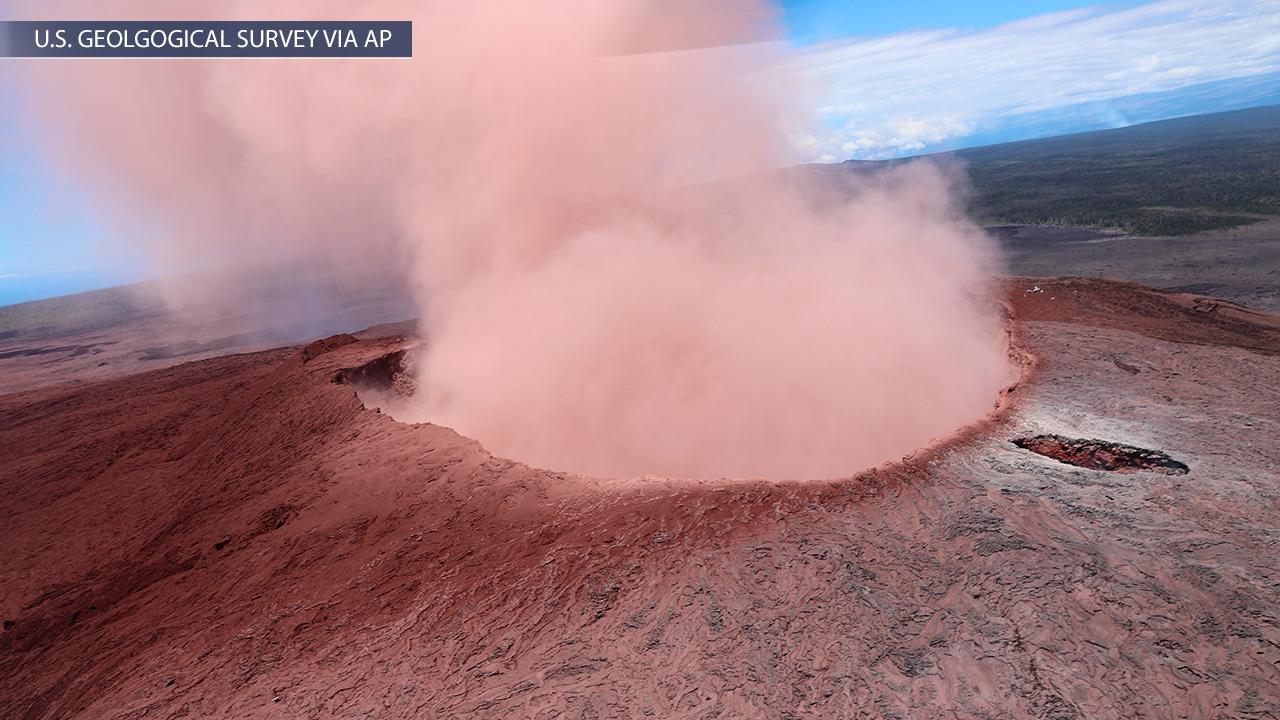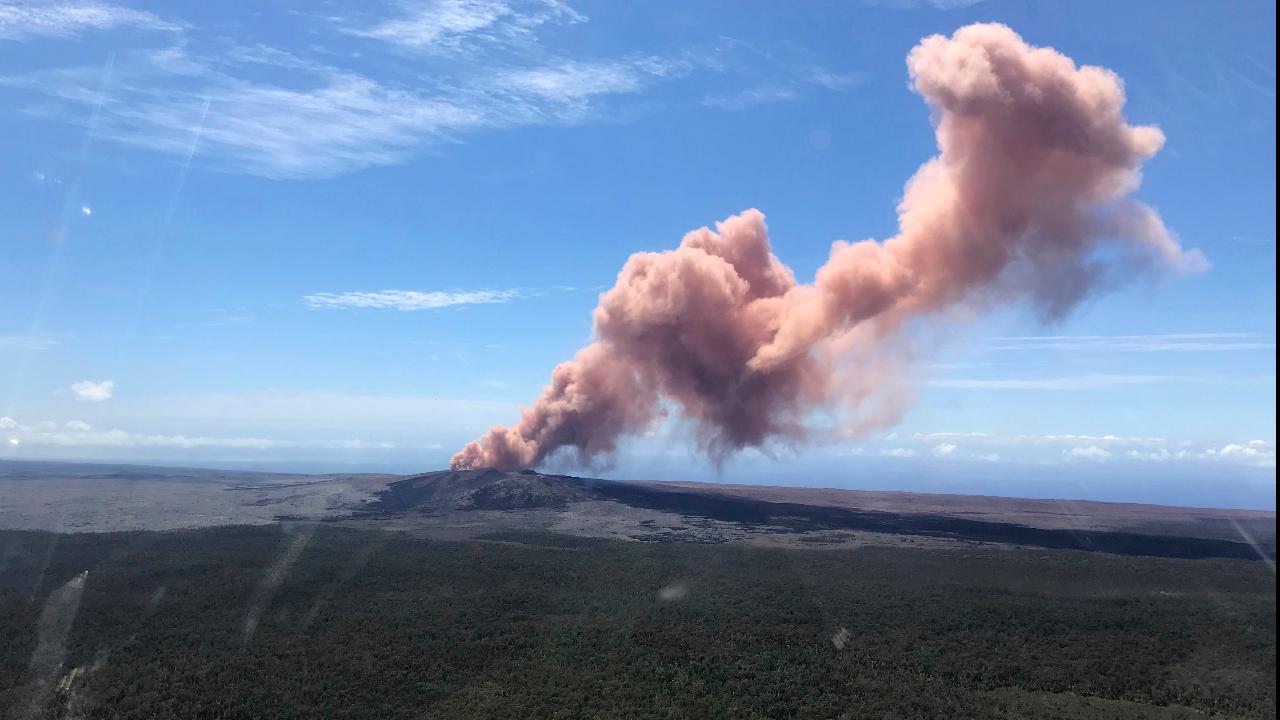Amazing video: Hawaii’s Kilauea volcano erupts, thousands flee
Thousands were forced to evacuate after a 5.0 magnitude earthquake sparked Hawaii’s Kilauea volcano to erupt. Lava and plumes of smoke filled the sky as magma flowed through the streets. Check out this jaw-dropping footage.
For me, news of volcanic eruptions on Hawaii’s Big Island this week – prompting the mandatory evacuation of Leilani Estates and Lanipuna Gardens – stirs up vivid memories of the many such eruptions I’ve covered over the years as a TV reporter.
In each case I pray for people’s safety. But I also lament the general unawareness of how critically important volcanoes are to the health of our planet and, therefore, to our own wellbeing.
Think about a time when you vented on your friends. It was an unpleasant experience for them, I bet. But for you, it felt good to get pent-up grievances off your chest. With any luck, it also made your relationships stronger and healthier.
Volcanoes are Earth’s way of venting the excess heat that builds up deep beneath its surface. The heat is a combination of energy released by radioactivity in rocks, along with leftover energy generated when the planet was forged 4.5 billion years ago. It’s like scores of people crammed inside a subway car without air-conditioning in summer, but orders of magnitude worse.
There’s one other important thing I wish more people realized and respected about volcanos. Not only are they a vital sign indicating the Earth is alive and well, they help keep us humble. Or should.
The constant flow of heat seeking to escape from our planet’s interior amounts to roughly 47 terawatts of power. By comparison, the world’s total power consumption is about 18 terawatts.
Earth’s internal heat is so great it melts rock as easily as the sun melts chocolate. We’re talking temperatures of about 1,300 to 2,400 degrees Fahrenheit.
Slowly, relentlessly, the subterranean rivers of molten rock – magma – bully their way through the Earth’s mantle and crust, seeking an escape route. When a large one breaks through the surface, we call it a volcano. The planet, in effect, breathes a huge sigh of relief.
Sometimes the venting is gradual, sometimes it is explosive, both of which we see happening right now in Hawaii.
Kilauea itself, Hawaii’s most active volcano, is a textbook example of an oozing fissure, recognizable by its shallow slopes. But to the east of Kilauea’s summit, Puu Oo – a secondary outlet largely responsible for the current eruption – is more explosive, as evidenced by its steep-sided cinder cone shape.
How long the current emergency will continue is anyone’s guess. Geologists report that beneath Kilauea’s summit is a sizeable pool of magma. Sooner or later all of it will need to blow – like a person who’s been holding in lots of fury for a very long time.
When that happens, it will be very dangerous. But an even greater disaster would occur if the Earth did not vent. Its internal heat would grow and grow and the entire planet would eventually explode.
There’s one other important thing I wish more people realized and respected about volcanos. Not only are they a vital sign indicating the Earth is alive and well, they help keep us humble. Or should.
In 1980 Mt. St. Helens – an explosive-type volcano – began waking up after a long slumber, prompting police to evacuate the area.
One man, Harry R. Truman, refused to go, boasting that: “This area is heavily timbered, Spirit Lake is in between me and the mountain, and the mountain is a mile away, the mountain ain't gonna hurt me.” Regrettably, when the volcano erupted Truman paid for his hubris with his life.
Years later, I had the chance to actually helicopter into the mouth of Mt. St. Helens. As I walked around and gawked at the surreal landscape, feeling the heat through the soles of my shoes, I felt as though I were somehow walking on sacred ground. I knew I was in the presence of something mightier than I could possibly imagine, and that sense of overwhelming humility has never abandoned me.
So, even now, as I watch the events unfolding in Hawaii, I maintain an awesome respect for the Earth, the stupendous processes that keep it healthy, and the incomprehensible being who created it all.



